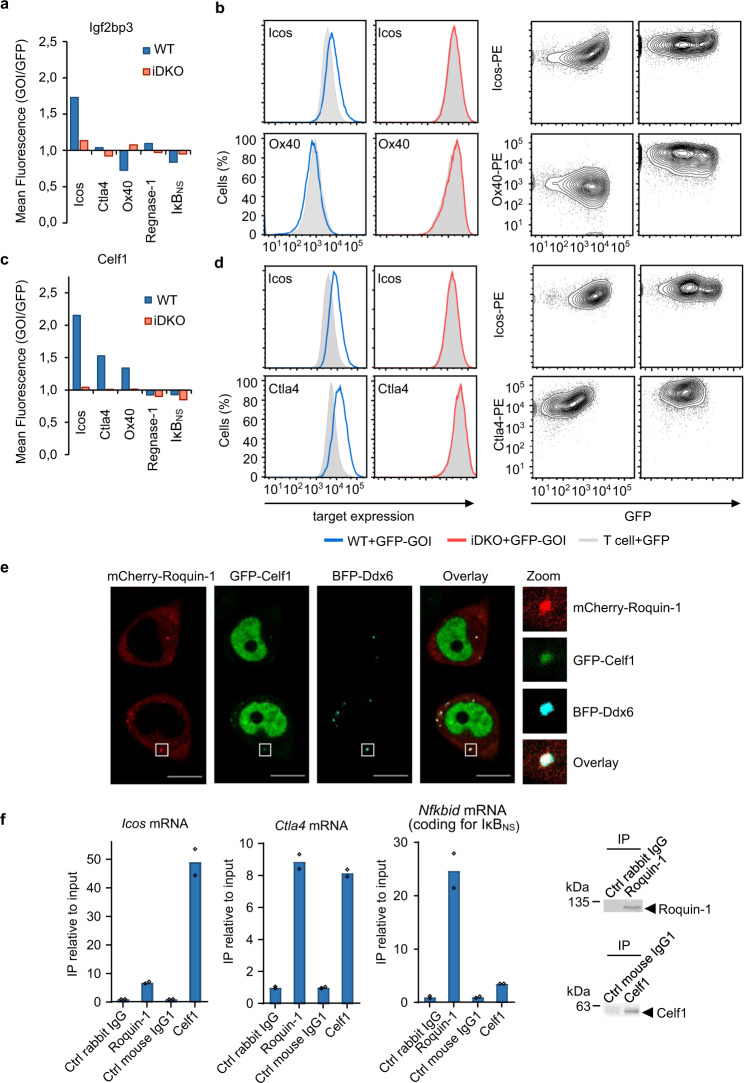Fig. 7. Higher-order Icos regulation by Roquin-1 and Celf1.
Inducible overexpression of candidate RBPs in CD4+ T cells was used to investigate cooperative or antagonistic effects on Roquin-1/2-regulated targets. CD4+ T cells with the genotypes Rc3h1fl/fl;Rc3h2fl/fl;rtTA3 without (WT) or with the Cd4-Cre-ERT2 allele (iDKO) were used for transduction with retroviruses after treatment with 4’-OH-tamoxifen. Expression levels of Icos and four additional Roquin-1 targets in WT and iDKO cells were analyzed 16 h after doxycycline-induced arrayed expression of 46 individual GFP-GOI fusion genes. a, c Each geometric mean of the Roquin-1 target in the GOI-GFP sample was divided by the geometric mean of the Roquin-1 target in the GFP sample. Summarized ratios are shown as bar diagrams for (a) Igf2bp3 and (b) Celf1. b, d Representative flow cytometry data are depicted as histograms and contour plots. Experiments were repeated at least three times. e Using confocal microscopy, co-localization of Roquin-1 and Celf1 in P bodies was demonstrated by co-transfecting Hela cells using plasmids coding for Cherry-Roquin-1, GFP-Celf1, and BFP-Ddx6, the latter of which served as a P body marker (n = 2). The standard bars equal 10 µm. f For RNA-immunoprecipitation CD4+ T cells were isolated and cultured as for (a, c). Anti-Roquin-1, anti-Celf1, and isotype control antibodies were coupled to magnetic beads and used to immunoprecipitate the respective proteins and their bound RNAs from T cell lysates. At the end, Trizol was added to the magnetic beads to isolate RNA, reverse-transcribed cDNA, and measure target mRNA levels by qPCR and relative to input. Isotype levels were set to 1. Depicted is one representative experiment (n = 2) and data points indicate technical replicates of qPCR measurements. Source data are provided as a Source Data file.

